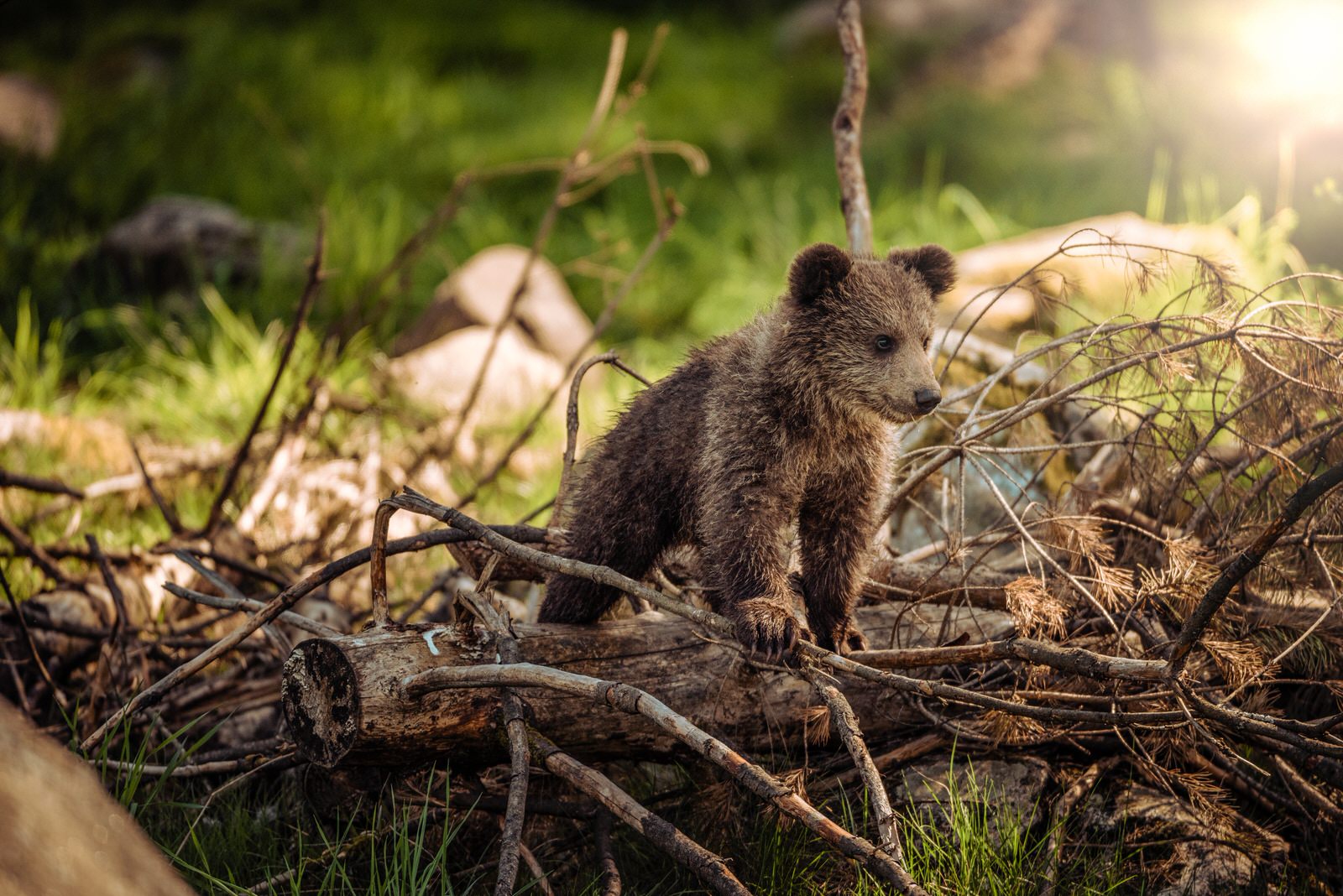by Jeff Rubin
In chemistry you quickly discover that oil and water don’t mix. The same is true in the energy industry.
It’s unfortunate, because the new fuel sources that the International Energy Agency claims will allow North America to reach energy independence require tremendous amounts of water. Whether it’s from shale plays or the oil sands, millions of gallons of water are needed to pull that energy out of the ground.
Alberta’s oil sands mines require more than 3 barrels of water to produce a barrel of bitumen. With daily output of 1.5 million barrels, the oil sands is one thirsty customer. Fortunately for Big Oil, northern Alberta is blessed with the mighty Athabasca River.
Many US shale producers wish they were so lucky. The industry’s growing need for water comes at a time when much of the country is grinding through the worst drought in more than half a century.
That’s bad news for hydraulic fracking — the latest cure for America’s energy addiction. Fracking is a process that injects a mixture of water and rock-shattering chemicals (all benign, according to industry) into an underground shale formation with the goal of opening fissures in the rock that allow hydrocarbons to flow to the surface.
To get an idea of how much water is involved in the process, consider that in Texas’s Eagle Ford formation, one of the country’s most prolific shale plays, it takes about 150,000 gallons to drill a single well. And that’s a drop in the bucket compared to the 6 million gallons that are needed to frack that same well.
Unlike northern Alberta, there isn’t a whole lot of water flowing through Texas these days. Last summer, companies were forced to truck in water from as far away as 75 miles in order to drill their wells.
Producers in Pennsylvania are running into similar problem trying to drill into the region’s Marcellus formation. State water authorities have cut off companies from drawing water from at least two major rivers. A shortage of water forced one producer, Breitling Oil and Gas, to shutter production from more than 10 percent of its wells.
When it comes to achieving energy independence, the ongoing drought in the US Midwest is an unexpected obstacle. Production from North Dakota’s Bakken play, already at 700,000 barrels a day, holds the potential to double and even triple, according to the IEA. That forecast, however, is critically contingent on sourcing adequate supplies of water. Simply put, without water you can’t frack.
We’re already seeing a tug of war between the water needs of the fracking boom in the Bakken and barge traffic on the Mississippi.
North Dakota wants to tap reservoirs that feed the Missouri River for fracking. Others want that water diverted to the Mississippi to ensure the river maintains the minimum level needed for shipping. South of St. Louis, low water levels are threatening to shut down commercial barge traffic.
Drought and fracking clearly don’t mix. Will America’s shale revolution soon run out of water?
Copyright © Jeff Rubin












